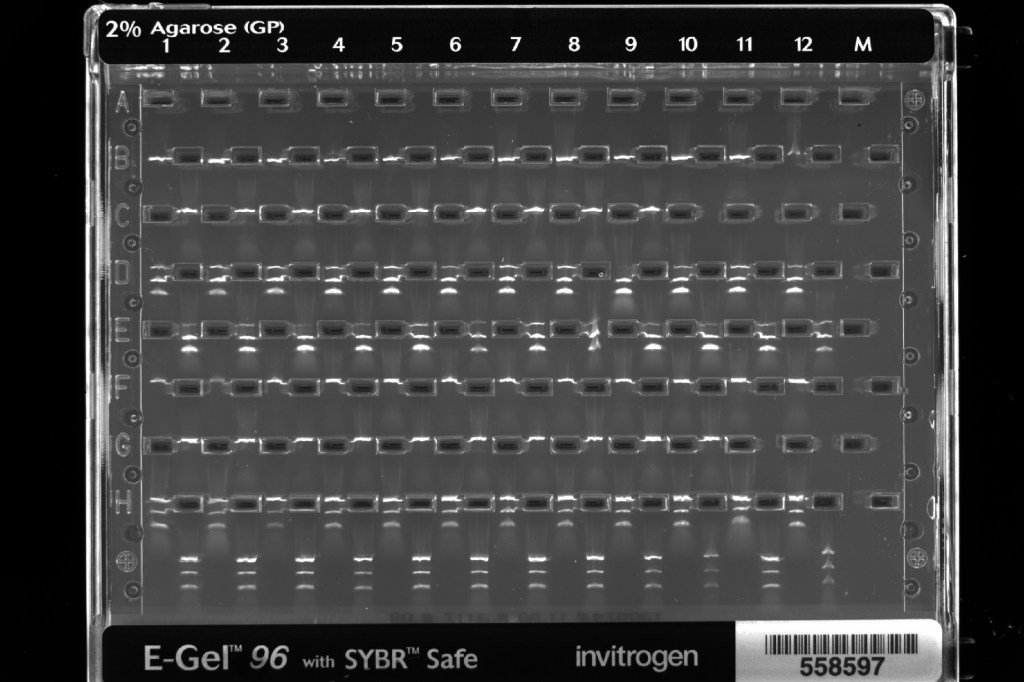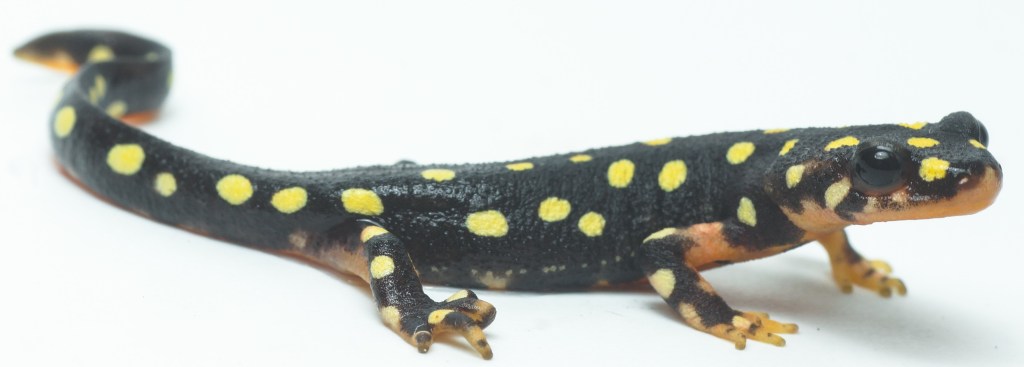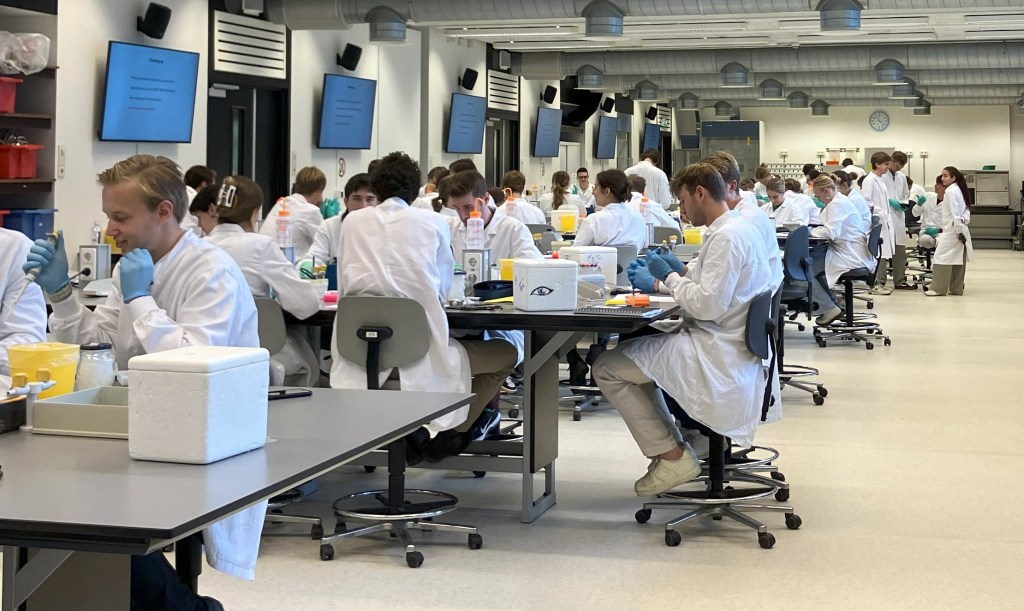How do you determine the ratio of male and female newts in a population? You could try to sex the adults by eye. For younger animals, we now have genetic tools that can accomplish the same thing. But what if I told you, you do not even have to go through the effort of capturing animals? All the newts in a pond shed DNA into the environment. If you collect this environmental DNA, you would obtain a population-level DNA sample from which sex ratios could be inferred.

PhD student Emilie Didaskalou demonstrates the potential of this approach in a paper in Molecular Ecology Resources. At the crested newt colony in Belgrade, Serbia, she put newts of known sex together in tanks. Emilie then took water samples and confirmed it was possible to detect if there were more or less males present compared to females from environmental DNA. Certainly this is a research avenue worthy to explore further!
Reference: Didaskalou, E.A., France, J., Cvijanović, M., Trimbos, K.B., Vučić, T., Ajduković, M., Ivanović, A., Wielstra, B., van Bodegom, P.M., Stewart, K.A. (2026). Unlocking demography: An eDNA-based toolkit to measure sex ratios from populations. Molecular Ecology Resources 26(1): e70089.


















